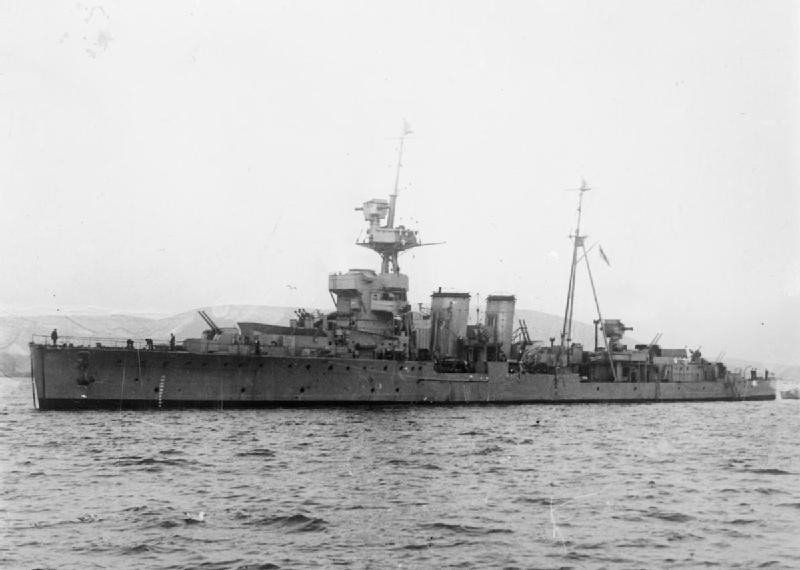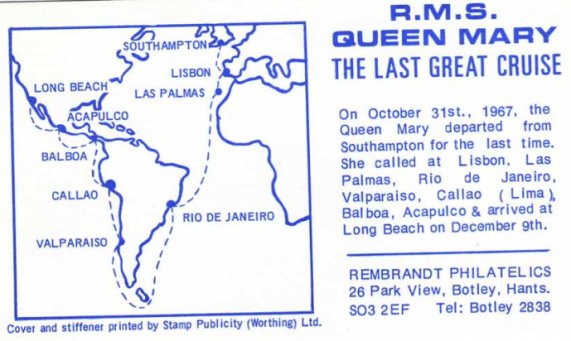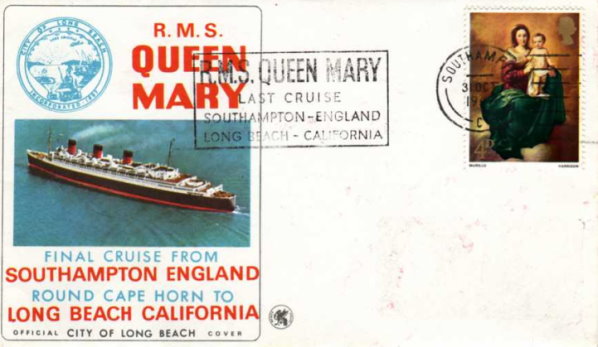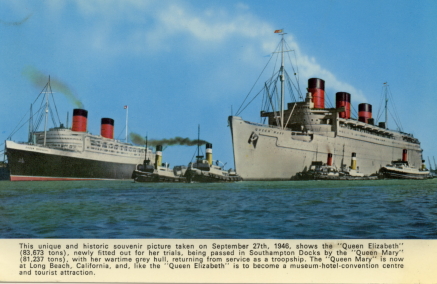| History of Cunard | Why Was She Built? | HOME |
The Great Liners:
|
|
|
|
|
|
Modern Cunard Ships: |
|
RMS Queen Mary's Career Part 2
|
Her Specifications
Collision With HMS Curacoa When it was approaching the Clyde the RMS Queen Mary required an anti-aircraft escort, amongst these was the cruiser HMS Curacoa. On 2nd October the escort ships were sighted. The RMS Queen Mary was steaming at 28 knots in zigzag pattern whilst the Curacoa, whose best speed was 26 knots, kept as close as possible. The RMS Queen Mary overtook its escort and then the zigzag pattern of the two ships converged and it collided with the Curacoa close to its stern and sliced straight through the ship. Out of 430 crew members on the cruiser only 101 survived. Although there was damage beneath the waterline the RMS Queen Mary was able to continue. With over 11,000 troops on board she could not stop to assist and sailed straight to the Clyde. A long legal battle between the Admiralty and Cunard eventually laid the blame equally on both vessels.
From October to December 1942 it was being repaired at Boston and then returned to the Clyde. On 23 rd December it left for Cape Town, Suez and Sydney carrying British troops to the Middle East and Australian troops back home. It returned in April 1943 and then berthed in New York in May. After this it began a ferry service for US troops which was to be its role for the remainder of the war. The Queen Mary's role in this capacity is the one for which it is best remembered. The end of the war in Europe in May 1945 meant that there was an urgent need to redeploy thousands of US combat troops to the conflict in the Pacific and Far East. The RMS Queen Mary sailed to New York to be refitted and then began the long process of repatriation. In January 1946 it began transporting G1 brides to their new homes. By 3rd May it transferred to Halifax to repatriate the wives and children of Canadian servicemen, which continued until September. On 27 th September the Queen Mary was handed back to Cunard. During its war service it had travelled over 600,000 miles and carried nearly 800,000 people. A ten month refit commenced at Southampton. She was fitted with a new steam and air-conditioning system. The passenger accommodation was also altered to house 711 1st class, 707 cabin class and 577 tourist class passengers. It made its first sailing after this on 31st July 1947, from Southampton to New York. Before the end of 1947, however, industrial troubles started to affect the service. Air travel was becoming increasingly popular and once the ship had ran aground at Cherbourg on 1st January 1949 many of the passengers chose to fly to the USA instead. Although the ship was still capable of making fast crossings it was unable to compete with the new American liner United States, and in July 1952 the American ship took the Blue Riband with an average speed of 35.59 knots. In March 1958 the ship was fitted with stabilisers by Denny-Brown. By the beginning of the next decade there was already speculation about the ship's future. In December 1963 it made its first cruise, to the Canaries. By 1965 this had become a larger part of the ship's role. A seamen's strike in May 1966 cost Cunard £4 million and spelt the end for the RMS Queen Mary. In 1967 Cobh was added to the ship's Southampton-New York route but by now it was losing thousands of pounds a day. It made its last transatlantic crossing on 16 September 1967. There was considerable speculation regarding what the future use of the ship would be but this ended in July when Cunard agreed to sell the liner to the town of Long Beach for £1,230,000.
Her journey to Long Beach was turned into a cruise to recoup some of the costs of the voyage. It left on 31 October and called at Lisbon, Las Palmas, Rio de Janeiro, Valparaiso, Callao, Balboa, Acapulco and finally at Long Beach. It arrived at Long Beach on 9 December to begin its new role as a museum, hotel and conference centre. The Queen Mary still remains there today as a testament to the supreme achievement of the Atlantic ferry. - Adapted from the Cunard Archives
Photo Southern Newspapers Ltd |

 HMS Curacoa
HMS Curacoa


